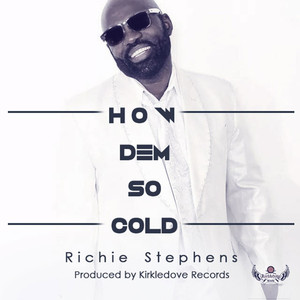How to Keep Breastmilk Cold While Traveling: A Comprehensive Guide
Guide or Summary:Preparation is KeyDuring TravelUpon ArrivalPreparation is KeyWhen it comes to traveling with breastmilk, preparation is the cornerstone of……
Guide or Summary:
Preparation is Key
When it comes to traveling with breastmilk, preparation is the cornerstone of success. Planning ahead ensures that you have all the necessary supplies and understand the best practices for maintaining breastmilk's temperature during transit. Here are some critical steps to take before you embark on your journey:
1. Invest in High-Quality Insulated Containers: Look for containers specifically designed for breastmilk storage. These containers should be made of food-grade materials and feature double walls with vacuum insulation to minimize heat transfer.
2. Understand the Ideal Temperature Range: Breastmilk should be kept at or below 40°F (4°C) to ensure it remains safe for consumption. Use a reliable thermometer to check the temperature of your breastmilk before and after packing.

3. Pack Extra Containers and Bags: It's always better to have more than enough. Aim to pack at least one extra container and a few insulated bags for each day of your trip. This way, if one container gets compromised, you still have options.
During Travel
Keeping breastmilk cold while traveling requires vigilance and a few strategic measures:
1. Use Cool Packs: Cool packs are a convenient way to maintain breastmilk's temperature. These packs are typically filled with gel that absorbs heat, keeping the contents cold for an extended period. Make sure to replace the gel before each use.
2. Keep Containers in Insulated Bags: Insulated bags provide an additional layer of protection against temperature fluctuations. Place the containers inside these bags to create a mini-insulated environment.

3. Stay Hydrated and Cool: Your body temperature can affect the temperature of your breastmilk. To prevent overheating, stay hydrated and cool. Wear lightweight, breathable clothing and take frequent breaks in air-conditioned areas.
Upon Arrival
Upon reaching your destination, it's crucial to check the temperature of your breastmilk promptly:
1. Check the Temperature: Use your thermometer to verify that the breastmilk is still within the safe temperature range. If it's too warm, don't hesitate to discard it and prepare a fresh batch.
2. Refrigerate or Freeze Immediately: Once you've confirmed that the breastmilk is within the safe temperature range, refrigerate it as soon as possible. If you're not planning to consume it immediately, consider freezing it to extend its shelf life.

In conclusion, keeping breastmilk cold while traveling is entirely feasible with the right preparation and precautions. By investing in high-quality containers, using cool packs, and staying vigilant about temperature control, you can ensure that your breastmilk remains safe and nutritious throughout your journey. Remember, the well-being of your child's nourishment should always be your top priority.